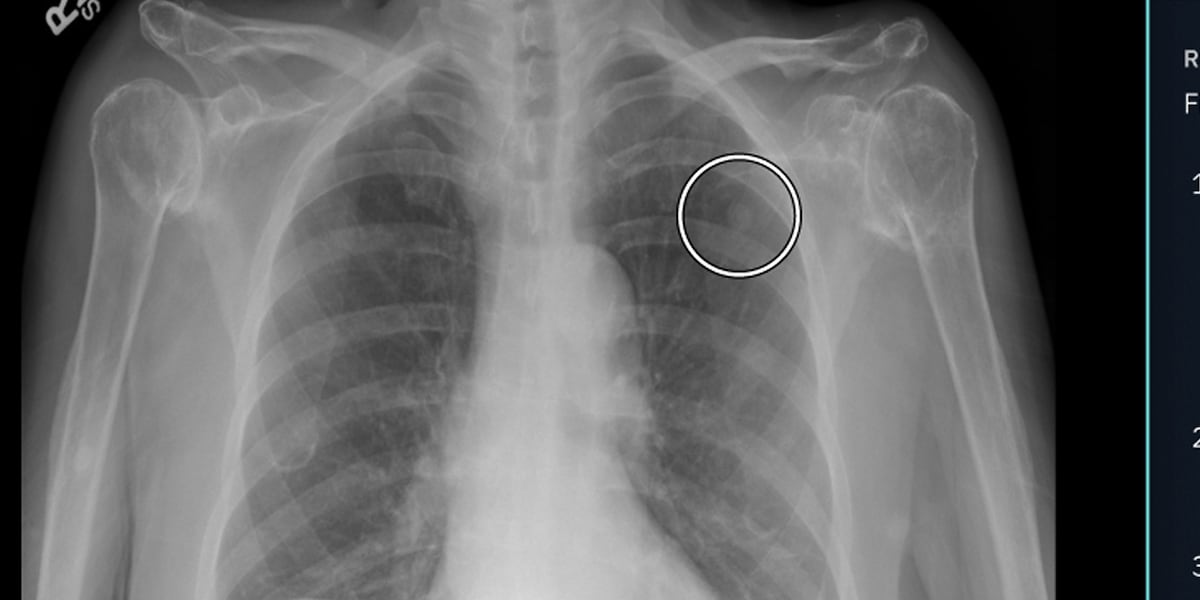CLEVELAND, Ohio (WOIO) – There are more lung cancer deaths in the United States than breast cancer, colon cancer, and prostate cancer combined.
The problem is that most lung cancers are caught so late, in stage three or four, because it can be so difficult for radiologists to detect.
But University Hospitals is conducting a study to see if artificial intelligence can help patients catch it much earlier.
“We needed a way to find lung cancer early. It’s like finding a needle in a haystack. And that’s where A.I. comes in,” said Dr. Samir Shah, Chief Medical Officer at Qure.ai.
Lung cancer nodules in their early stages can be nearly impossible for radiologists to see. Usually, lung cancer goes undiagnosed until patients start feeling symptoms.
“When they are having cough, chest pain, or blood coming out of the sputum, unfortunately, that stage is stage three or four, and at that time the survival rate is, whatever you do, in single digits,” said Radiologist, Dr. Amit Gupta.
He and his team at University Hospitals are now studying use of A.I. to see if they can get to a diagnosis sooner.
“In my initial experience, it can find some of the nodules which are super hidden. And on a busy day, even a trained cardiothoracic radiologist may overlook them,” he said.
Qure.ai acts as another set of eyes in the room for radiologists.
Dr. Shah, says their algorithm was trained on large amounts of data gathered over nine years studying tuberculosis x-rays.
“Those x-rays could be used not only to look at TB, but we started looking at lung nodules as well. And we looked at 5 million of those.
That’s more than I would ever read, and maybe 10-fold more than I would ever read in my entire lifetime,” said Dr. Shah.
Through this vast amount of data, it learned what was and wasn’t a nodule.
Dr. Shah says they’re hopeful this application could result in a stage shift, catching lung cancer in stage one or two, and boosting survival rates to 60-70 percent.
“When it starts small and has not spread, and it can be removed, you’re talking about curative situation, which makes patients happy. But you know, that’s what the goal is for every oncologist. That’s what the goal is for every thoracic surgeon who’s involved, every pulmonologist. That’s what the aim is,” said Dr. Shah.
Qure.AI tackled lung cancer first because of the difficulty of detection. They say this technology is also incredibly positive for attacking other equally hard illnesses like breast cancer.
The University Hospitals radiology team on this study expects the data collection to go on another 9-10 months. If U.H. does move forward, they estimate implementing it a little more than a year from now.
Copyright 2025 WOIO. All rights reserved.
